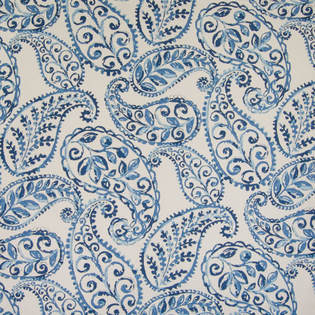 Paisley…you think you know what it is…fabric with those amoeba shaped thingies…or a pattern on a man’s tie…but are you really sure? I confess that I was a bit in the dark about the exact origins of paisley before researching this post. So, for today’s blog, let’s discover paisley together. My Greenhouse Fabrics vendor (https://www.greenhousefabrics.com/) says the following about paisley:
Wikipedia (in my book, the fount of all knowledge achieved with just a few keystrokes) gives an excellent definition:
Given the expanse of the British Empire 1700’s and 1800’s I guess that it makes perfect sense that the British brought the design from the East to the mills in Scotland and popularized this very interesting and universally liked motif. Paisley patterns can be either asymmetrical or symmetrical as shown by the beautiful selections from Greenhouse Fabrics below. The motif is indisputably botanical in form, and is thought to have derived from a palm, pine, or cypress tree. I think all that you really need is the little squiggle to classify it as a paisley. 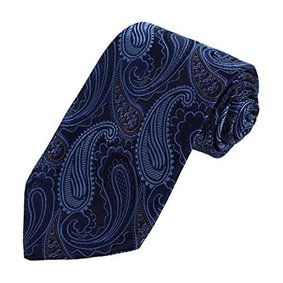 It seems like both women and men like paisley since paisley fabric is used widely in both apparel and home décor. For example, Here’s a paisley tie that is available from Amazon (like everything else in the world these days….) Paisley works extremely well on upholstery, as shown on the chairs in my client’s recently redone living room: And of course, paisley is terrific on draperies, valances, bedding, and other soft fashions. Here is a Milan valance I did for a client. You’ll see the paisley motif in rugs too since it can really bring color and a splash of flair to a room. Paisley rugs in more formal spaces are usually a symmetric arrangement since it really raises the formality factor. In more informal rooms, paisley, in a non-symmetrical form, can bring out a bohemian look. Well that’s all for our brief paisley overview…a timeless fabric that delights with its curving form, like a versatile acrobat. It pairs exceptionally well with geometrics. Please consider it for your next design project! Now that you’ve read this you’ll recognize this curved form everywhere…you’ll see……
Comments are closed.
|
Barbara PhillipsBarbara Phillips, interior designer and owner of Center Stage Interior Designs, has delivered impeccable window treatments and design services to both residential and commercial clients in Massachusetts since 2001. Categories
All
Archives
March 2021
|
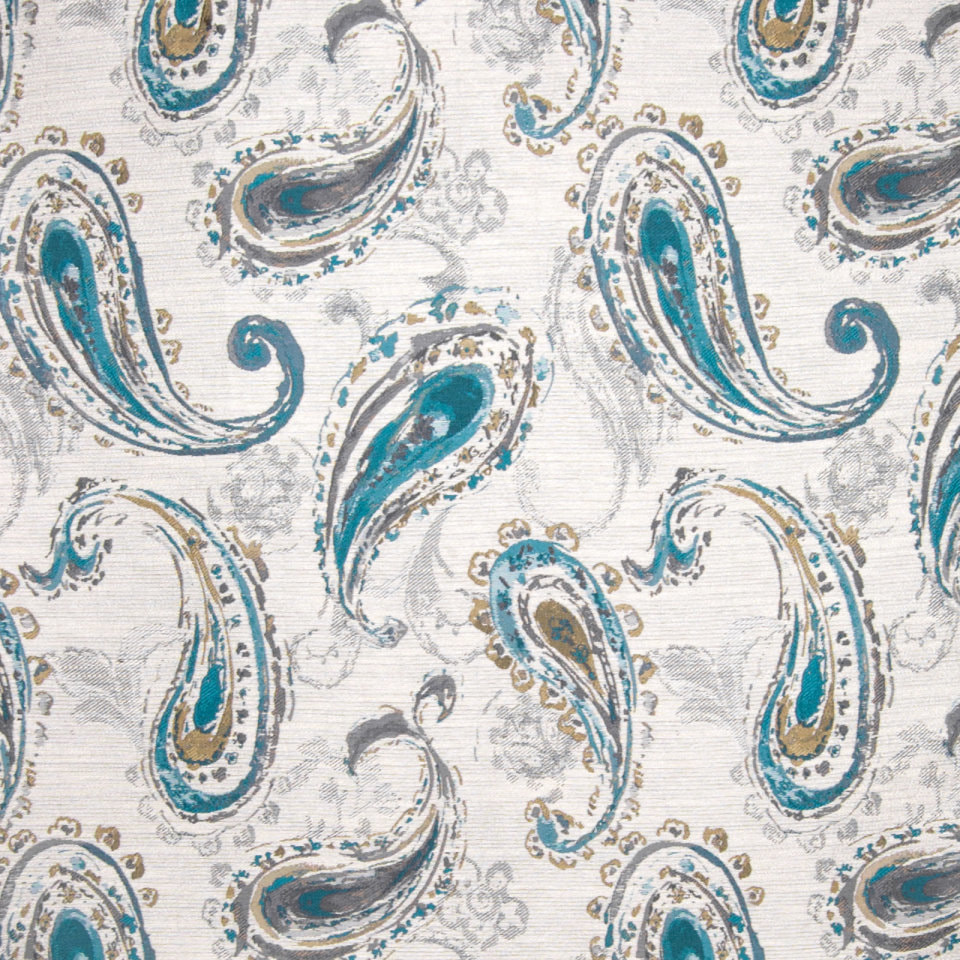
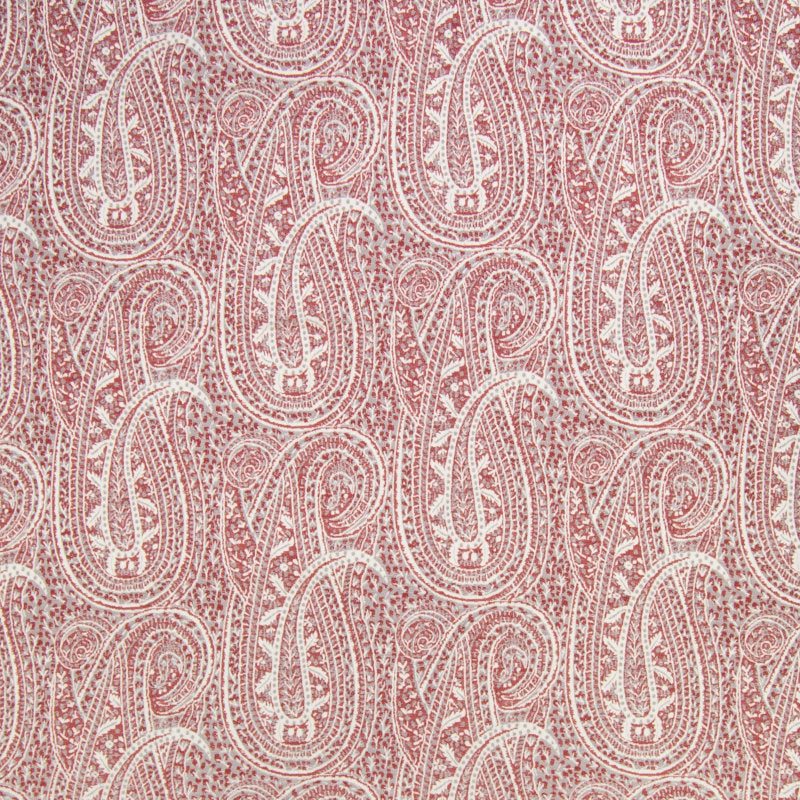
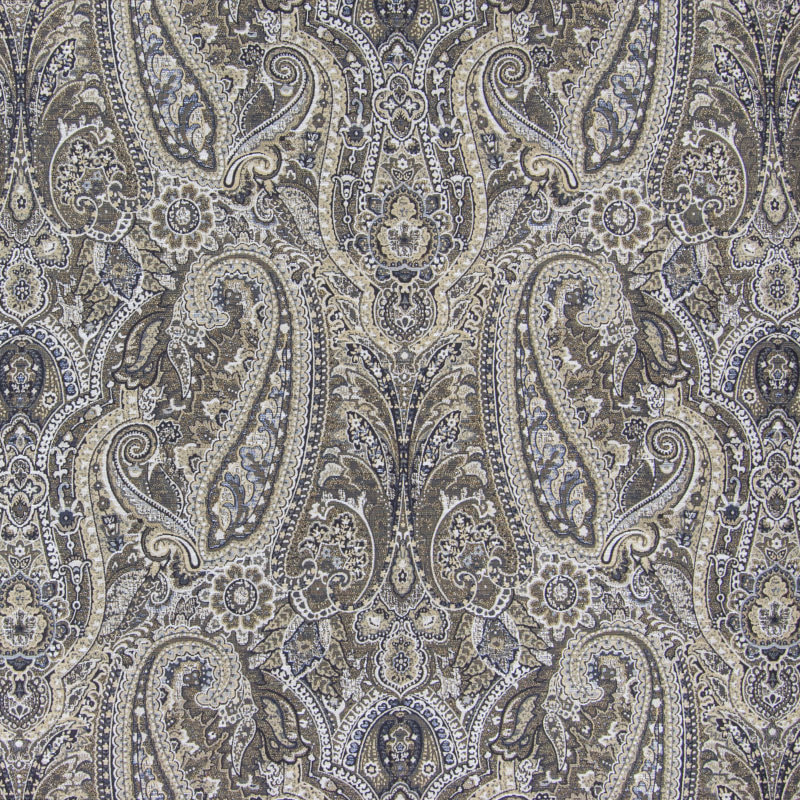
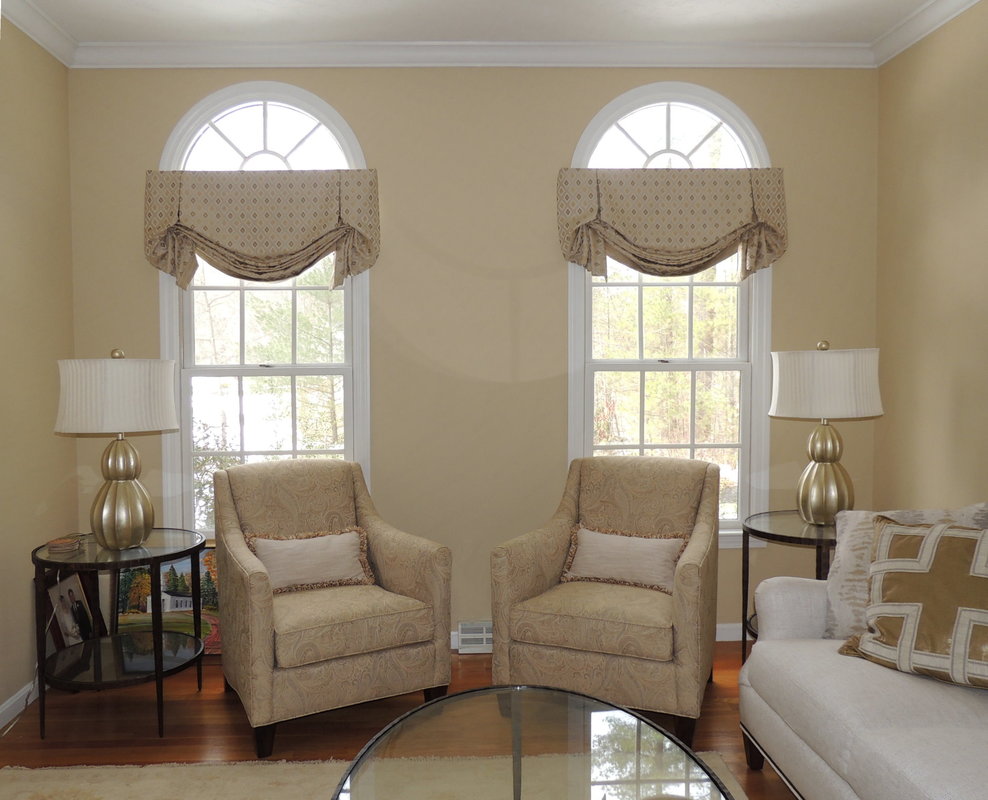
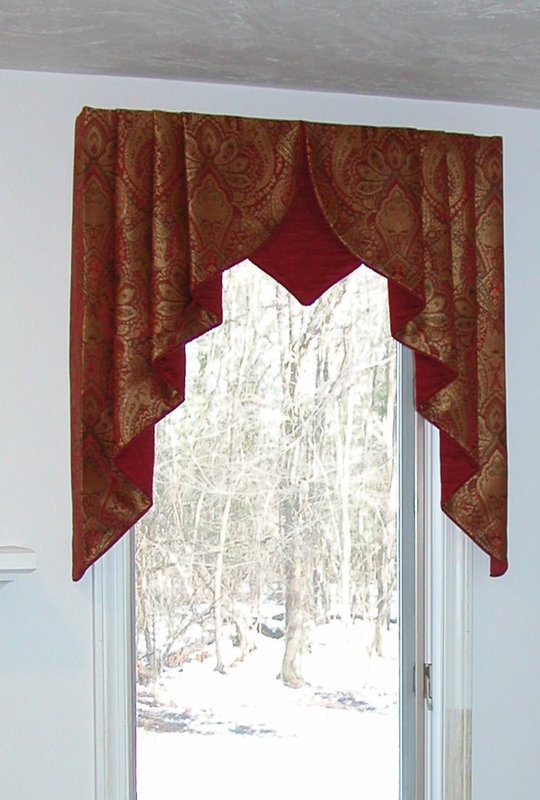
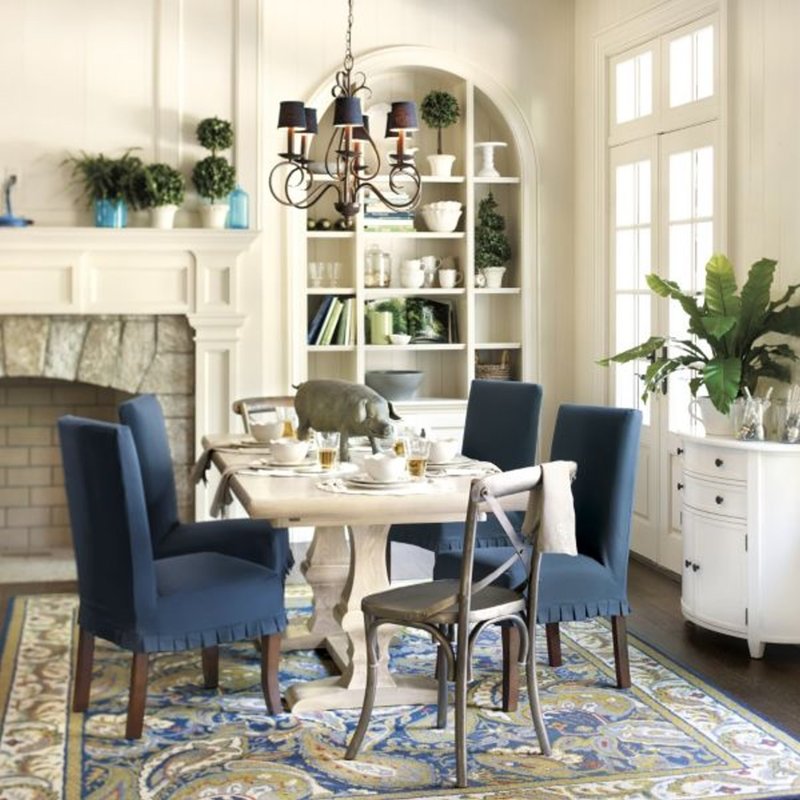


 RSS Feed
RSS Feed